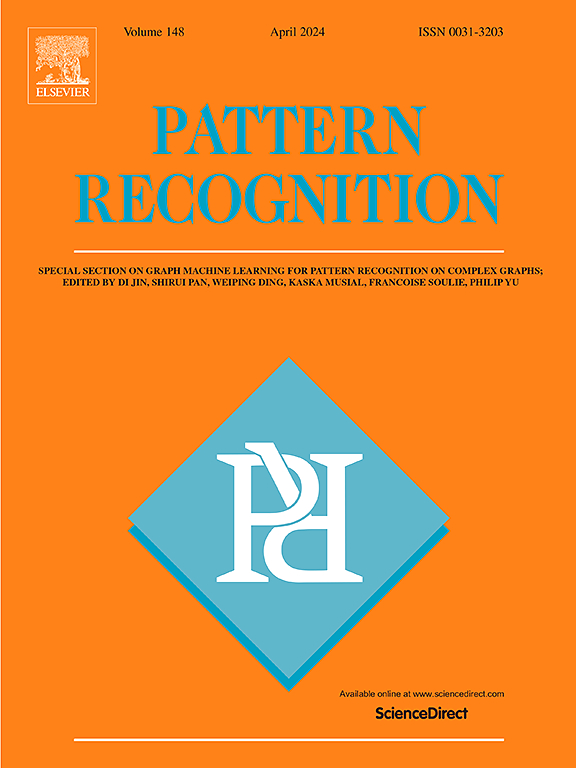A generically Contrastive Spatiotemporal Representation Enhancement for 3D skeleton action recognition
IF 7.5
1区 计算机科学
Q1 COMPUTER SCIENCE, ARTIFICIAL INTELLIGENCE
引用次数: 0
Abstract
Skeleton-based action recognition is a central task in computer vision and human–robot interaction. However, most previous methods suffer from overlooking the explicit exploitation of the latent data distributions (i.e., the intra-class variations and inter-class relations), thereby leading to confusion about ambiguous samples and sub-optimum solutions of the skeleton encoders. To mitigate this, we propose a Contrastive Spatiotemporal Representation Enhancement (CSRE) framework to obtain more discriminative representations from the sequences, which can be incorporated into various previous skeleton encoders and can be removed when testing. Specifically, we decompose the representation into spatial- and temporal-specific features to explore fine-grained motion patterns along the corresponding dimensions. Furthermore, to explicitly exploit the latent data distributions, we employ the attentive features to contrastive learning, which models the cross-sequence semantic relations by pulling together the features from the positive pairs and pushing away the negative pairs. Extensive experiments show that CSRE with five various skeleton encoders (HCN, 2S-AGCN, CTR-GCN, Hyperformer, and BlockGCN) achieves solid improvements on five benchmarks. The code will be released at https://github.com/zhshj0110/CSRE.
求助全文
约1分钟内获得全文
求助全文
来源期刊

Pattern Recognition
工程技术-工程:电子与电气
CiteScore
14.40
自引率
16.20%
发文量
683
审稿时长
5.6 months
期刊介绍:
The field of Pattern Recognition is both mature and rapidly evolving, playing a crucial role in various related fields such as computer vision, image processing, text analysis, and neural networks. It closely intersects with machine learning and is being applied in emerging areas like biometrics, bioinformatics, multimedia data analysis, and data science. The journal Pattern Recognition, established half a century ago during the early days of computer science, has since grown significantly in scope and influence.
 求助内容:
求助内容: 应助结果提醒方式:
应助结果提醒方式:


